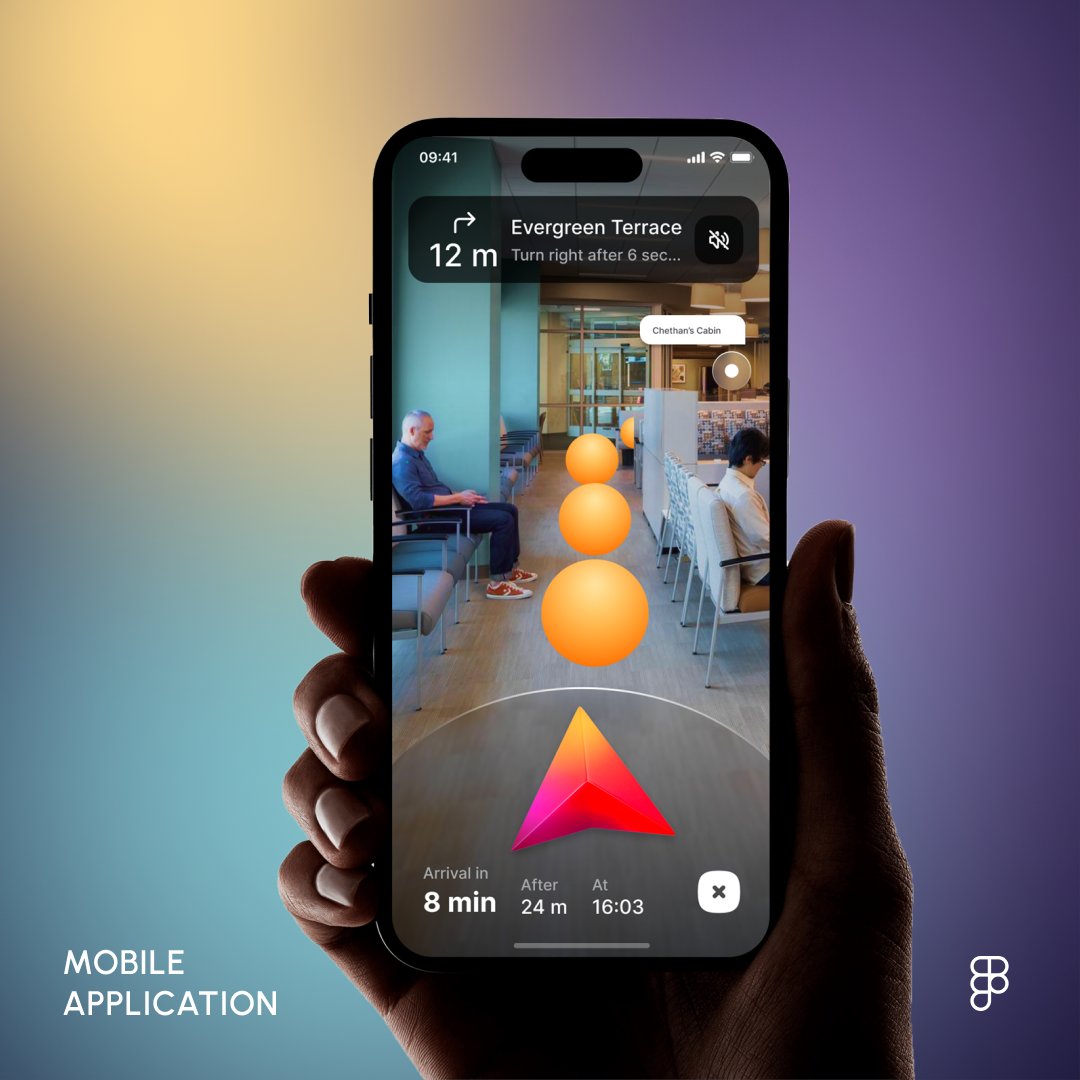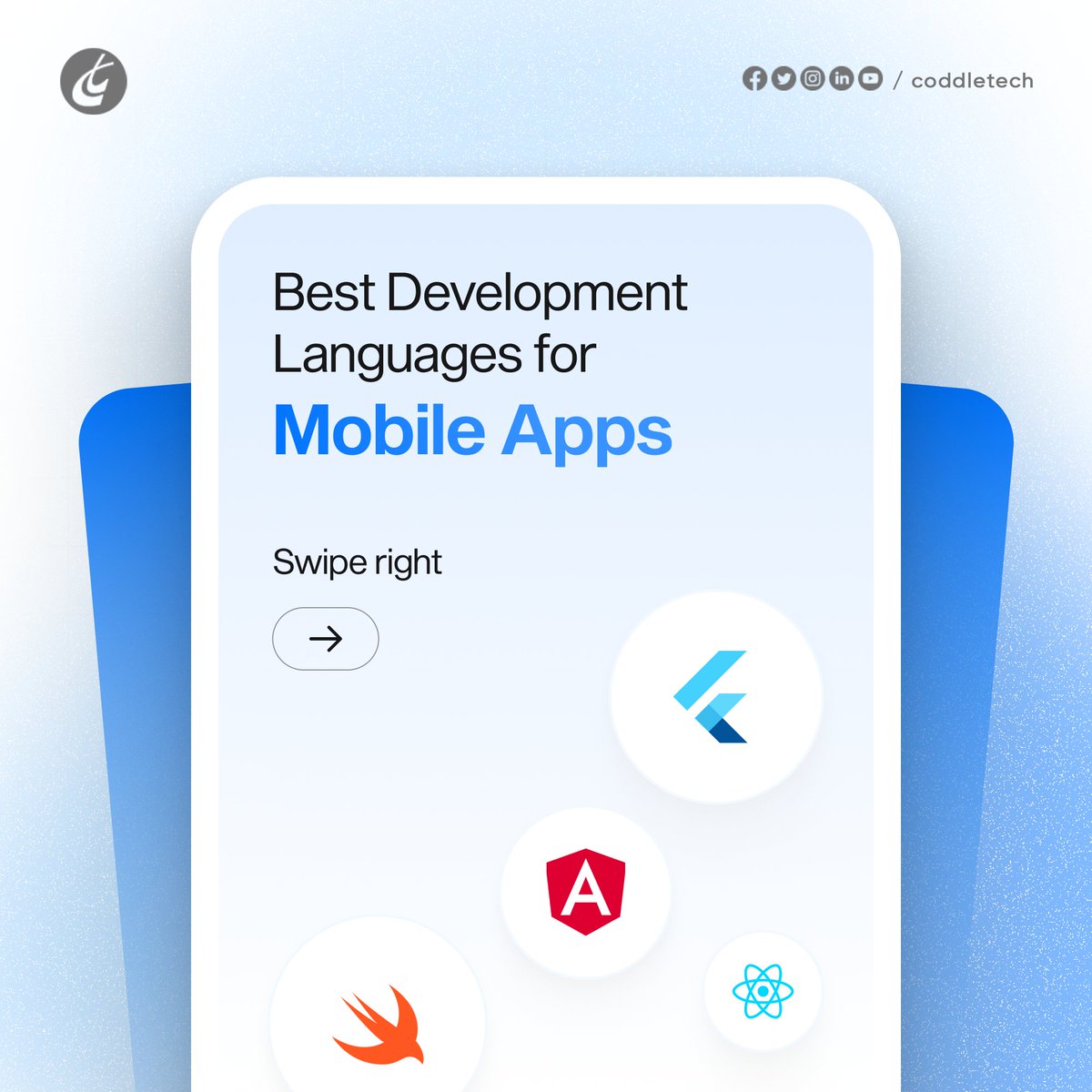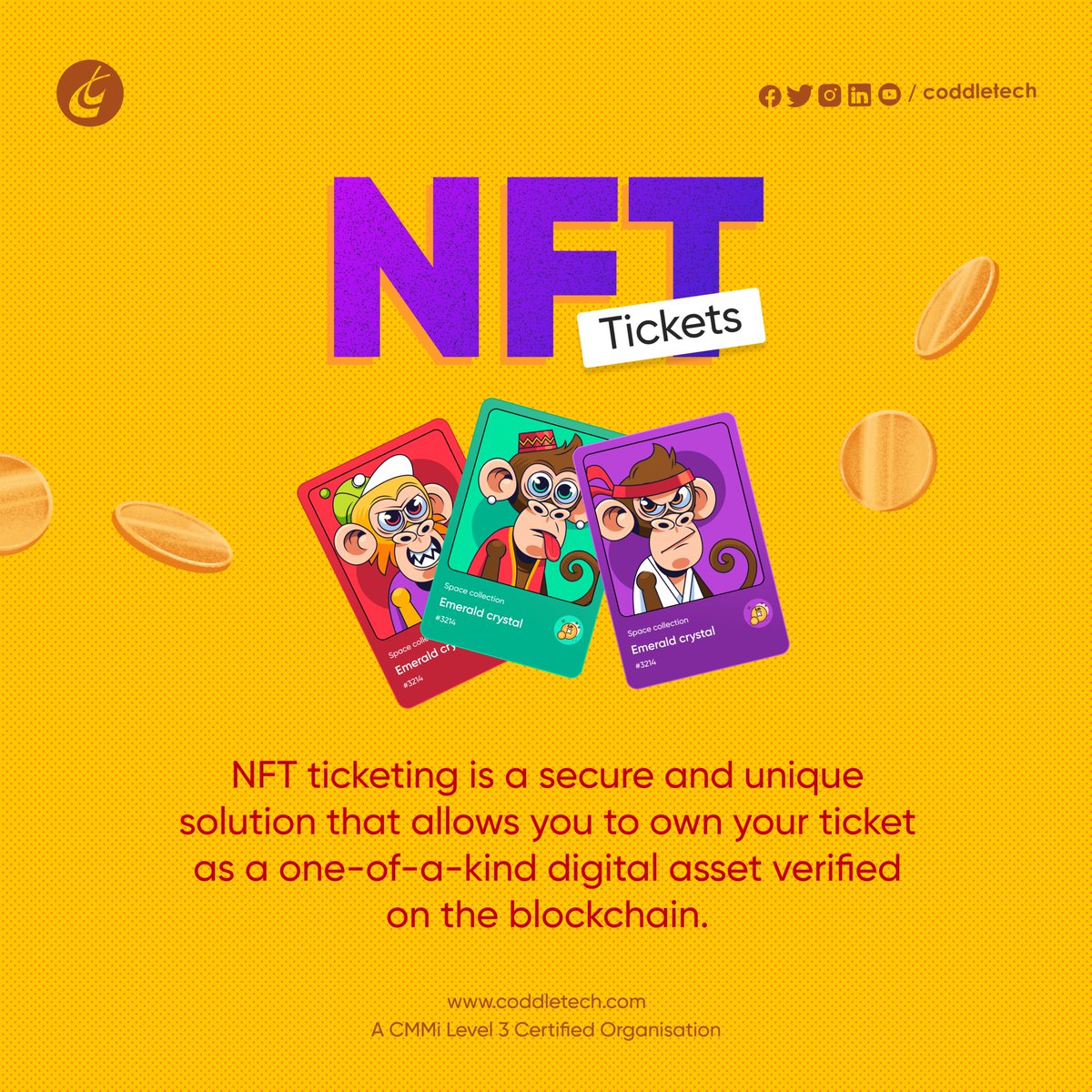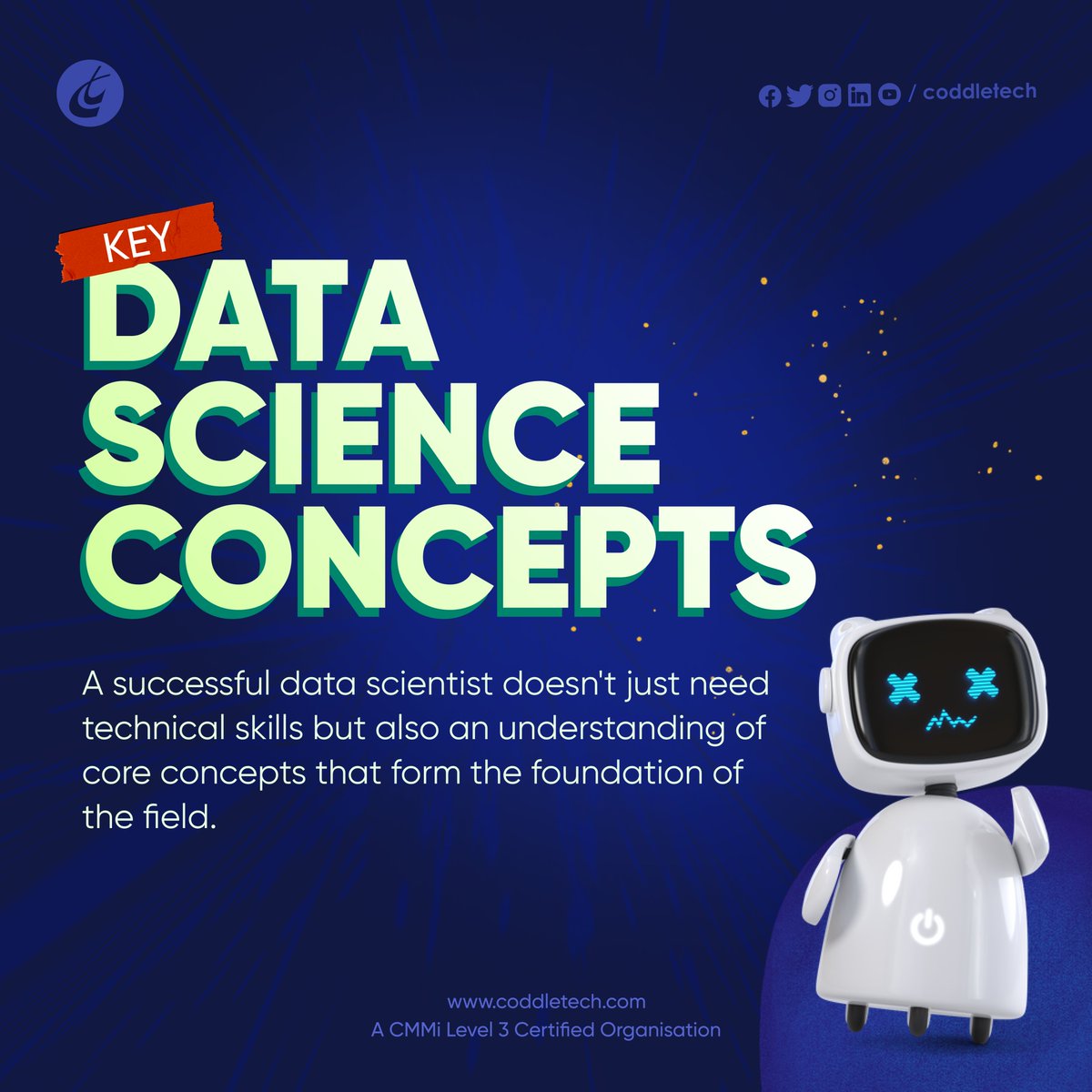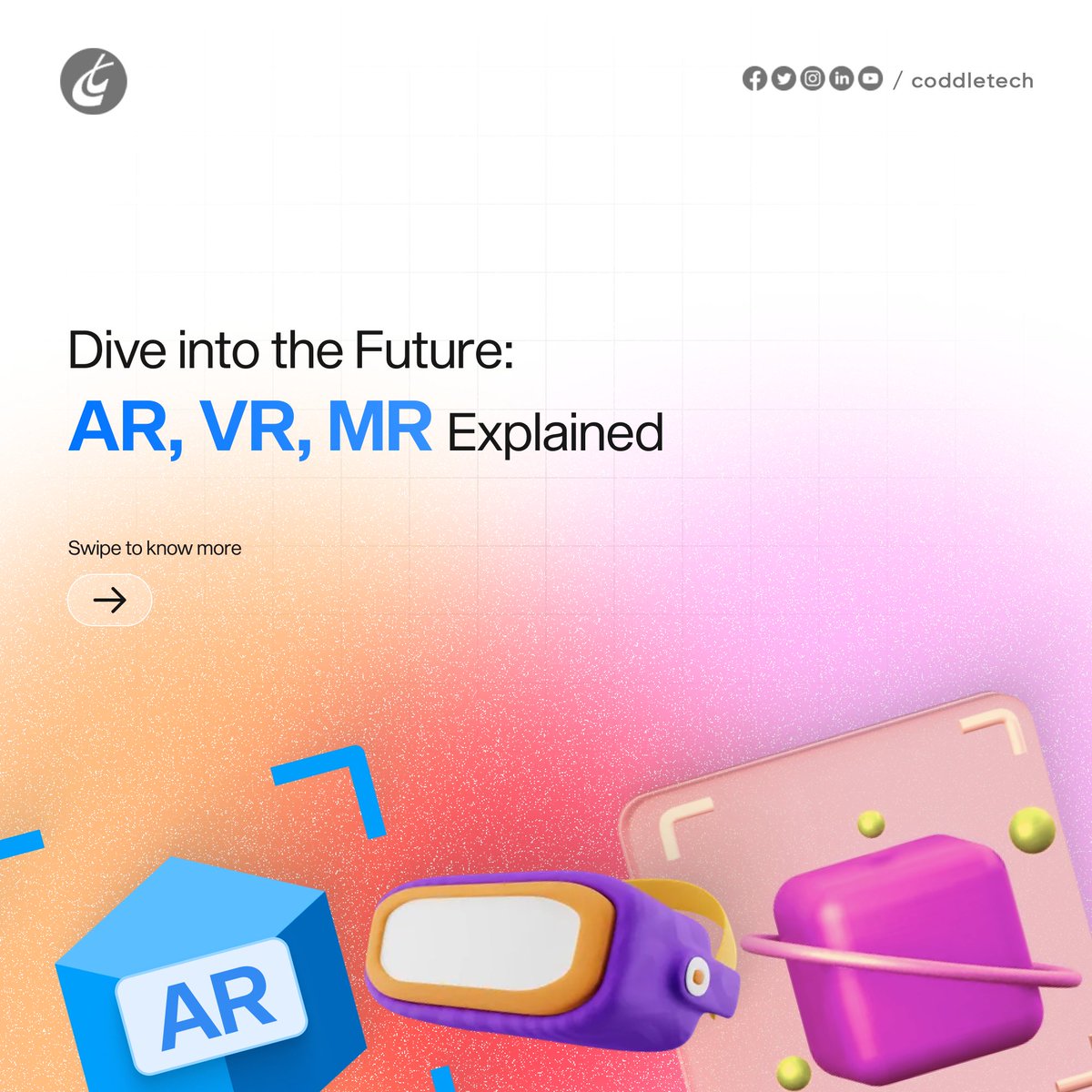In the ever-evolving world of technology, user experience (UX) and user interface (UI) design have become the linchpin of success for software development companies and mobile app developers alike. As the digital landscape continues to grow and diversify, users demand more than just functionality from the applications they interact with—they seek seamless and engaging experiences. In this Blog, we will delve into the pivotal role of UI and UX designs in enhancing user satisfaction, providing insights into the strategies employed by Coddle Technologies to elevate our products in the competitive realm of mobile app development.
Understanding UI and UX:
Before delving into the intricacies of improving user experience, it's crucial to grasp the fundamental differences between UI and UX. While often used interchangeably, UI and UX represent distinct facets of the design process.
User Interface (UI) design primarily focuses on the visual elements of a product. This encompasses the look and feel of an application, including buttons, icons, color schemes, typography, and overall aesthetics. A well-crafted UI is visually appealing and contributes to the overall attractiveness of the product.
On the other hand, User Experience (UX) design is a broader concept that encompasses the overall experience a user has with a product. It goes beyond visual aesthetics, incorporating aspects such as usability, accessibility, and the emotional response of the user. A positive UX ensures that the user journey is intuitive, efficient, and satisfying.
The Nexus of UI and UX in Software Development
In the dynamic field of software development, the collaboration between UI and UX design is paramount to creating applications that not only meet but exceed user expectations. Being a Software Development Company, We will show how to intertwine these two elements to craft products that stand out in terms of functionality and user appeal.
User-Centric Approach:
At the core of successful UI and UX design lies a user-centric approach. Coddle Technologies invests time and resources in understanding their target audience—their preferences, behaviors, and pain points. By empathizing with users, Our developers can tailor UI and UX designs to meet specific needs, ultimately creating a product that resonates with its intended users.
Seamless Navigation and Intuitive Design:
A well-designed UI prioritizes seamless navigation, allowing users to effortlessly explore different features of the software. Intuitive design ensures that users can understand and interact with the application without extensive guidance. Key elements, such as navigation menus and call-to-action buttons, are strategically placed to enhance the overall user experience.
Consistency Across Platforms:
In an era of diverse devices and platforms, maintaining consistency in UI and UX design is imperative. Whether accessed on a desktop, tablet, or mobile device, a cohesive design language fosters a sense of familiarity for users. This consistency not only strengthens brand identity but also ensures a smooth transition for users moving between different platforms.
The Dynamics of Mobile App Development and UI/UX:
As mobile devices become increasingly integral to our daily lives, the significance of UI and UX design in mobile app development cannot be overstated. The unique challenges posed by smaller screens and varied user contexts necessitate a specialized approach to crafting user-centric mobile experiences.
Responsive Design:
Responsive design is a cornerstone of mobile app development, ensuring that applications adapt seamlessly to different screen sizes and resolutions. By embracing responsive design principles, developers create a consistent and visually appealing experience across various devices, enhancing user satisfaction.
Gesture-Based Navigation:
Mobile devices heavily rely on touch gestures for navigation. Incorporating intuitive gestures, such as swiping, pinching, and tapping, enhances the user experience by providing a natural and engaging interaction. Coddle Technologies leverages these gestures to simplify navigation, making mobile apps more user-friendly.
Optimized Performance:
Mobile apps must prioritize performance to deliver a smooth and responsive user experience. Slow load times and laggy interactions can frustrate users and hinder engagement. UI/UX considerations extend to optimizing graphics, minimizing unnecessary animations, and ensuring efficient use of device resources.
Strategies for Continuous Improvement in UI and UX Designs:
The pursuit of excellence in UI and UX design is an ongoing journey for software development companies. Coddle Technologies Implements effective strategies ensure that products not only meet current user expectations but also remain adaptable to evolving needs and technological advancements.
Iterative Design Process:
The iterative design process involves creating, testing, and refining designs in multiple cycles. This approach allows developers to gather user feedback, identify areas for improvement, and make adjustments accordingly. Continuous iteration ensures that UI/UX designs evolve to meet changing user needs and expectations.
Usability Testing:
Usability testing is a crucial step in the UI/UX design process. By observing users interact with a product, developers can identify potential issues and gather valuable feedback. This real-world testing provides insights into how users navigate the interface, enabling informed decisions to enhance the overall user experience.
Accessibility Considerations:
Accessibility is a fundamental aspect of UI/UX design, ensuring that digital products are inclusive and usable by individuals with disabilities. As a Software Development Company, We integrate accessibility features, such as alternative text for images and keyboard navigation, to comply with accessibility standards and make our products accessible to a broader audience.
User Feedback Loops:
Establishing feedback loops with users is instrumental in maintaining a user-centric approach. Through surveys, reviews, and direct communication, developers can solicit and act upon user feedback, fostering a collaborative relationship. This commitment to continuous improvement demonstrates a dedication to meeting user expectations.
Conclusion:
In conclusion, the synergy between UI and UX design is pivotal for software development companies seeking to create products that not only function effectively but also provide a superior user experience. The collaborative efforts of UI and UX designers contribute to the visual appeal, usability, and overall satisfaction of digital products. With the growing prevalence of mobile devices, the unique challenges and opportunities presented by mobile app development underscore the importance of tailoring UI and UX designs for diverse platforms.
As technology continues to advance, software development companies must remain at the forefront of UI and UX design trends and methodologies. By adopting a user-centric approach, embracing responsive design principles, and implementing continuous improvement strategies, these companies can ensure their products resonate with users in an ever-changing digital landscape. In a world where user expectations are continually evolving, the harmonious integration of UI and UX design will undoubtedly be a key differentiator for successful software and mobile app development endeavors.





